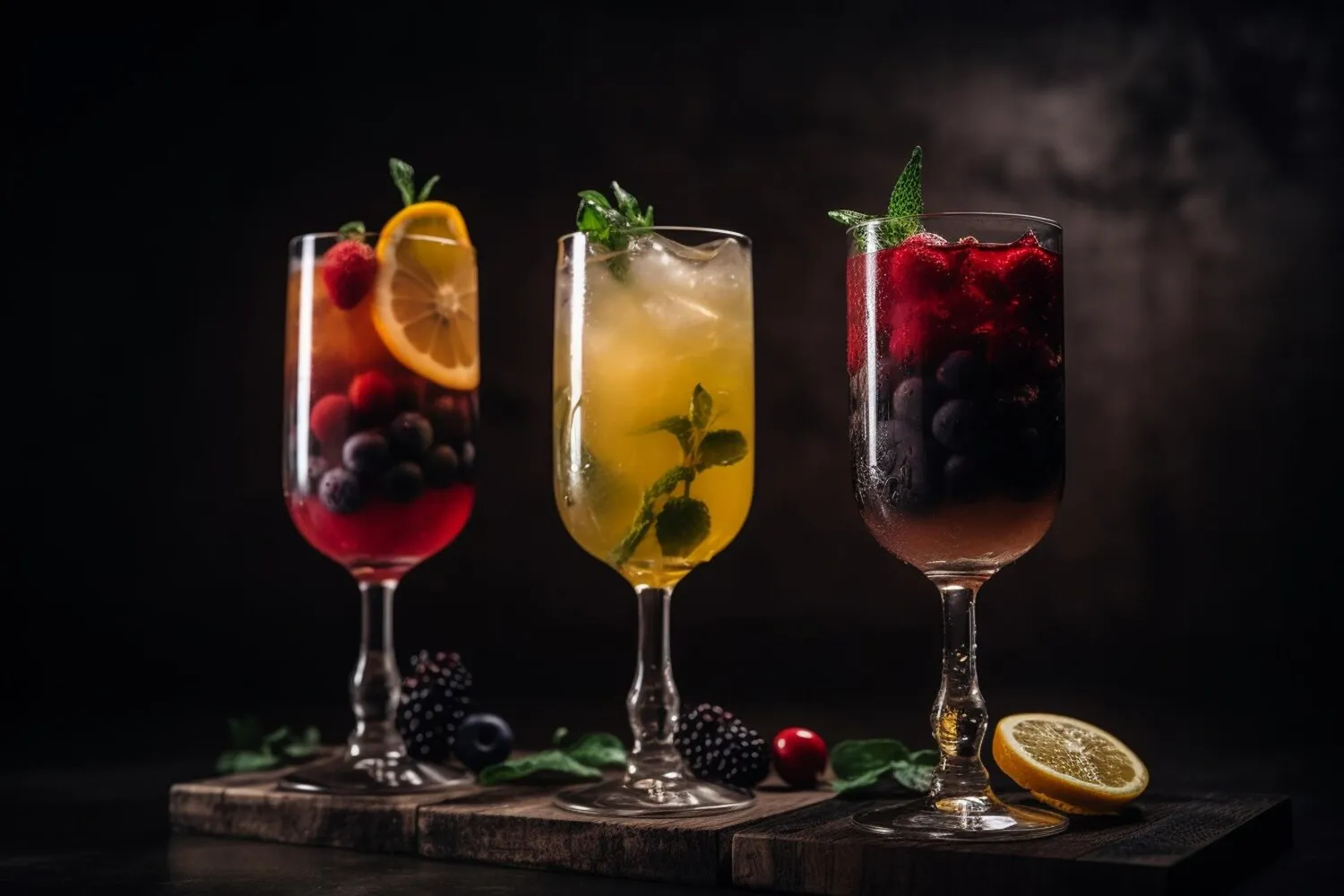
Caipirinha
Brazil's national cocktail, made with cachaça, sugar, and lime.
Nutrition Facts
* The % Daily Value (DV) tells you how much a nutrient in a serving of food contributes to a daily diet. 2,000 calories a day is used for general nutrition advice.
The exact origins of the Caipirinha are debated, but it's widely believed to have emerged in the early 20th century in the state of São Paulo. Some theories suggest it evolved from a medicinal concoction used to treat the Spanish flu or was inspired by similar sugarcane-based drinks already popular in the region. Its rise coincided with the growth of sugarcane agriculture in Brazil.
The Caipirinha is much more than just a drink in Brazil; it is a symbol of Brazilian identity, hospitality, and celebration. It represents the country's vibrant culture and is deeply ingrained in its social fabric.
National Drink
The Caipirinha is widely considered Brazil's national cocktail. It is a point of national pride and is enjoyed throughout the country, from casual gatherings to formal events.
Social Occasions
It is a staple at social gatherings, barbecues (churrascos), and beach outings. Sharing a Caipirinha is a gesture of friendship and conviviality.
Carnaval Celebration
During Carnaval, Brazil's biggest and most famous festival, the Caipirinha flows freely. It is an integral part of the festive atmosphere and contributes to the vibrant energy of the celebration.
Culinary Heritage
The Caipirinha is viewed as a significant part of Brazil's culinary heritage, representing the country's agricultural resources and traditional distillation methods. It's a drink that connects people to their roots.
The Caipirinha is a refreshing cocktail characterized by a balanced combination of sweet, sour, and alcoholic notes. It provides a crisp and slightly tart experience.
The primary flavors come from the cachaça, a spirit distilled from sugarcane juice, which contributes a grassy, slightly funky, and subtly sweet profile. Fresh lime juice provides a tart and citrusy counterpoint, while sugar (typically granulated or caster sugar) adds sweetness to balance the acidity. The muddled lime peel also releases essential oils, contributing to the cocktail's aromatic complexity and a touch of bitterness.
Cachaça Choice
Select a good quality cachaça. Aged cachaça (envelhecida) can add a smoother, more complex flavor profile, while unaged cachaça (branca) offers a more traditional and vibrant taste.
Lime Preparation
Use fresh, firm limes with thin skin. Avoid limes that are too soft or have thick skins, as they tend to be less juicy and more bitter. Cut off the ends of the lime, then slice lengthwise into wedges before muddling.
Sugar Quantity
Adjust the amount of sugar to your preference. Some prefer a sweeter Caipirinha, while others prefer a more tart one. Start with a small amount and add more to taste.
Muddling Technique
Muddle the lime and sugar gently to release the lime juice and oils without over-extracting bitterness from the rind. Avoid crushing the rind excessively.
Ice Quality
Use high-quality ice. Crushed ice is often preferred, as it helps to chill the drink quickly and dilute it slightly. However, larger cubes can also be used to prevent over-dilution.
Explore additional Cocktail dishes and restaurants
Explore CocktailDiscover top dining spots and culinary experiences in Coquitlam.
Explore CoquitlamLearn more about the food culture, restaurant scene, and culinary heritage of Canada.
Explore Canada